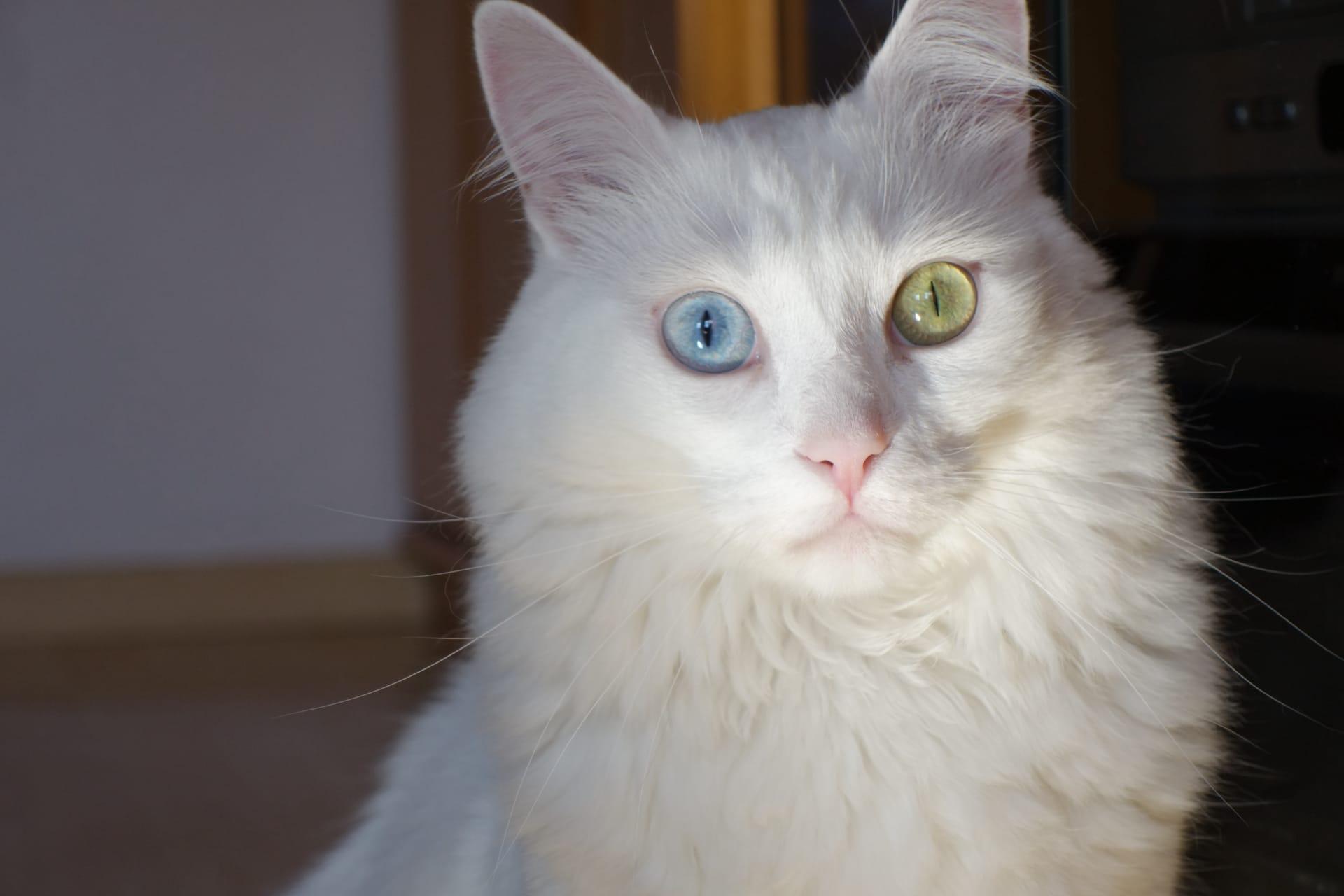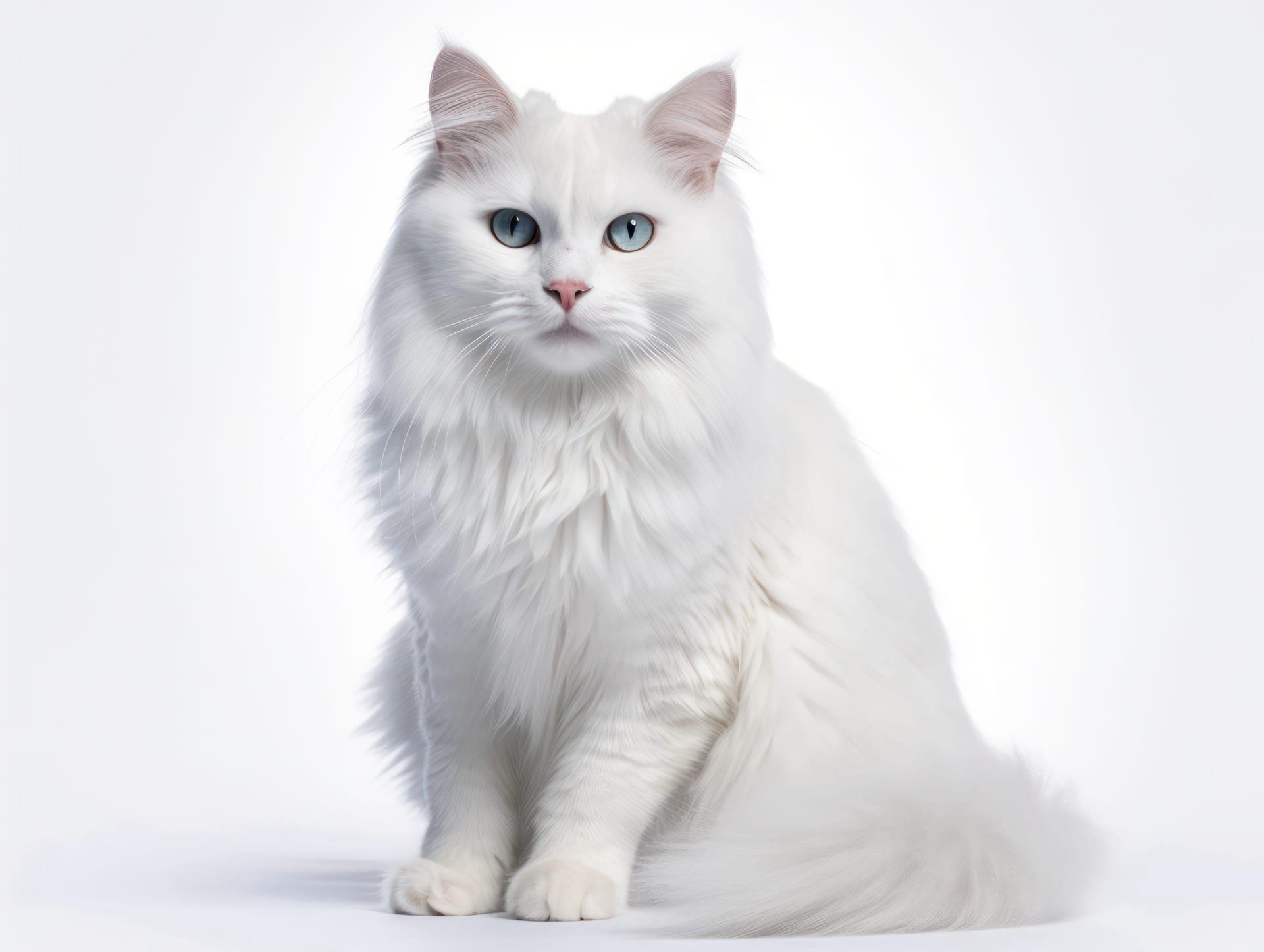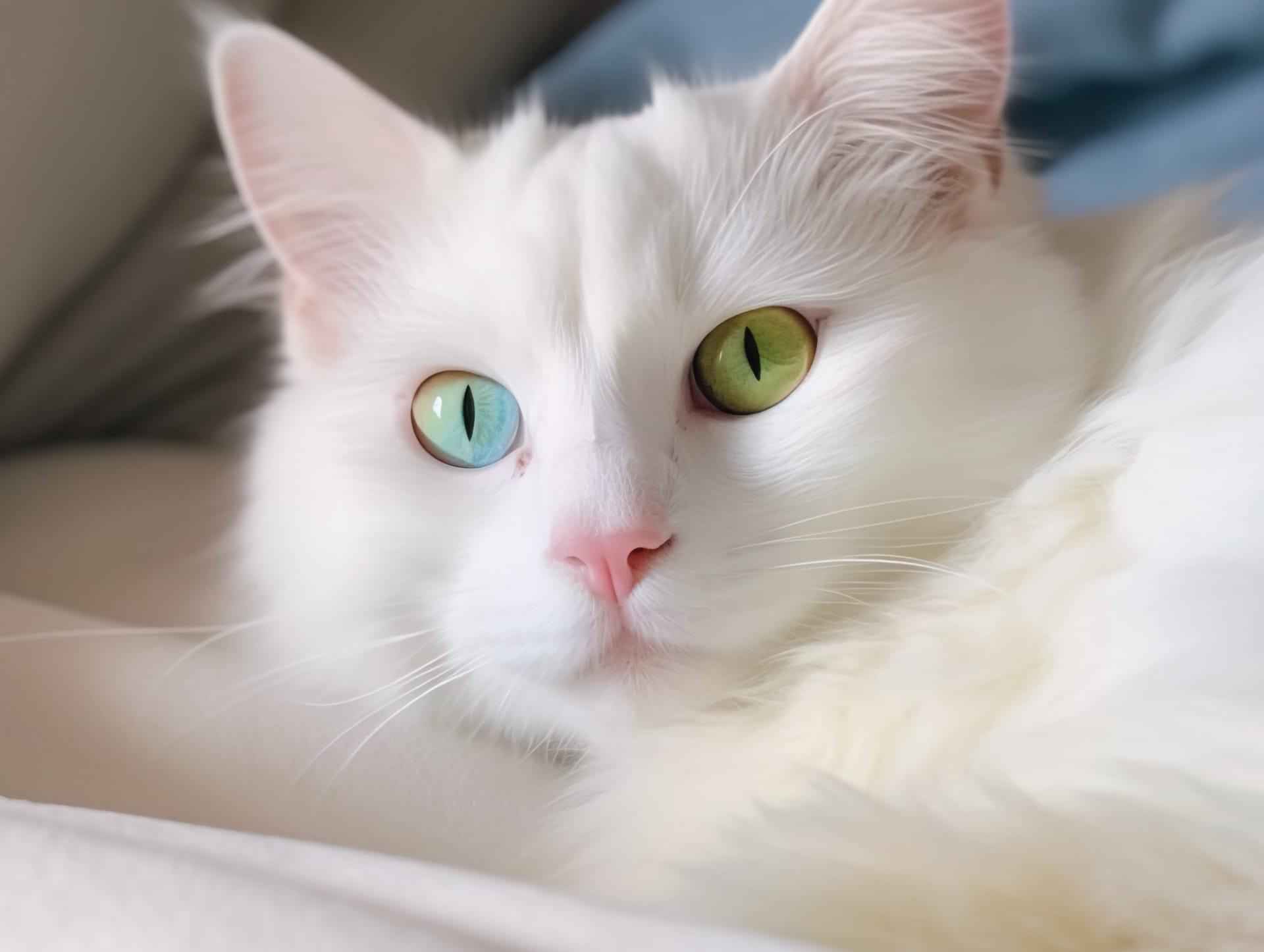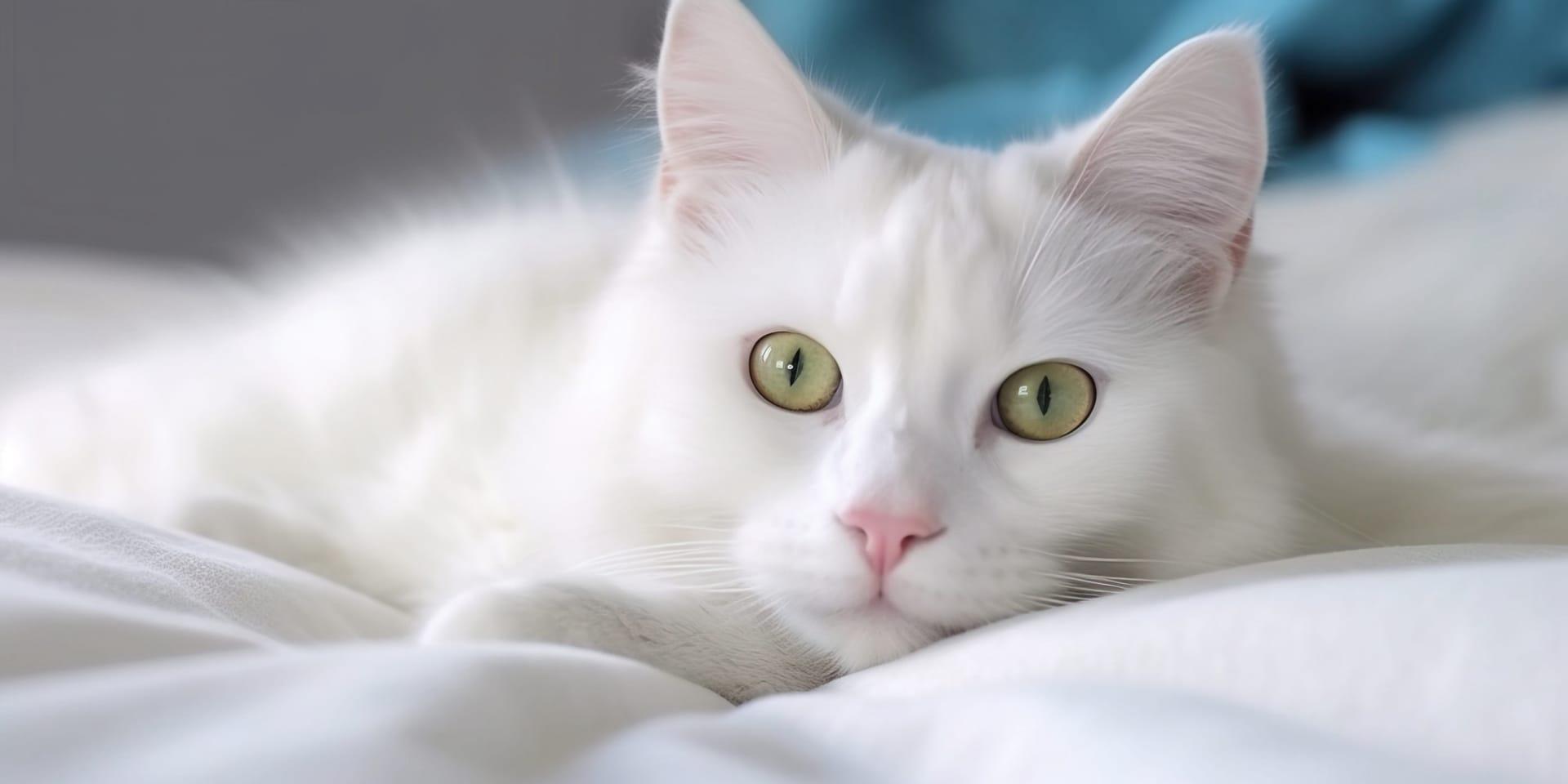Turkish Angora Cat Characteristics
- Home /
- Mini Encyclopedia /
- Animal /
- Turkish Angora Cat Characteristics
1
The Turkish Angora cat, originating from Turkey, is a breed known for its elegance and graceful movements. This breed typically features a medium-sized body, weighing between 5 to 9 pounds (2.3 to 4.1 kilograms), and stands with a slender, yet muscular, frame. Their most distinguishing feature is their long, silky coat that comes in various colors, including white, which is the most iconic. The lifespan of a Turkish Angora can range from 12 to 18 years, indicating a robust health profile when properly cared for.
The most remarkable organ of the Turkish Angora cat is its ears. Large, pointed, and set high on the head, these ears are not just a defining aesthetic trait but also play a crucial role in their sensory perception. The wide base and narrow tips of the ears enhance their hearing capabilities, allowing them to detect even the slightest sounds, which was crucial for their survival in the wild. This heightened sense of hearing enables the Turkish Angora to be highly responsive and alert to their environment.

2
Question: What is the most common health issue faced by Turkish Angora cats?
Answer: The most common health issue in Turkish Angora cats is hereditary deafness, particularly in white-coated individuals with blue eyes. This condition is due to a lack of melanin, which affects the inner ear's development. It's important for potential owners to have white Turkish Angoras tested for hearing capabilities. Despite this challenge, with proper care and attention, deaf Turkish Angoras can lead a full and happy life, relying on their other senses to navigate their surroundings.

3
Turkish Angora cats are known for their agility and love of climbing. They possess a high level of energy and enjoy engaging in playful activities, often demonstrating their ability to leap to great heights. This breed's athleticism is complemented by its slender body and strong muscles, allowing for graceful and efficient movement. Their playful nature often lasts well into adulthood, making them entertaining companions.
In terms of feeding characteristics, the Turkish Angora is not particularly fussy, but a balanced diet is crucial for maintaining their health and coat quality. They do best with high-quality cat food that supports their energy levels and nutritional needs. Fresh water should always be available, especially if their diet includes dry food. Monitoring their food intake and ensuring they get enough physical activity are essential to prevent obesity, which can lead to other health issues.

4
The Turkish Angora cat thrives in a variety of environments but appreciates spaces where they can exercise their curiosity and agility. While they adapt well to indoor living, providing them with climbing trees and interactive toys can help simulate the stimulating environment they crave. They enjoy being part of a family and interact well with children and other pets, making them excellent companions.
As for reproduction, Turkish Angora cats reach sexual maturity around 6 to 10 months of age. They are known for their strong maternal instincts and can have multiple litters each year, with an average of 3 to 5 kittens per litter. Responsible breeding practices are essential to maintain the health and well-being of both the mother and her kittens, including regular health checks and vaccinations.

5
Book: "The Elegant Turkish Angora" – This comprehensive guide, published in the United States during the late 1990s, is penned by renowned feline expert Linda Peters. It delves into the history, characteristics, and care of the Turkish Angora cat. Peters' work stands out for its detailed descriptions of the breed's personality, grooming needs, and health care tips, making it an invaluable resource for both seasoned and prospective Turkish Angora owners.
Book: "Angoras from Ankara" – Authored by British cat enthusiast Simon Clarke in the early 2000s, this book offers an in-depth look at the Turkish Angora's journey from its origins in Turkey to becoming a beloved pet in homes around the world. Clarke's narrative combines historical facts with personal anecdotes, highlighting the breed's impact on cat culture and its status as a symbol of elegance and purity.